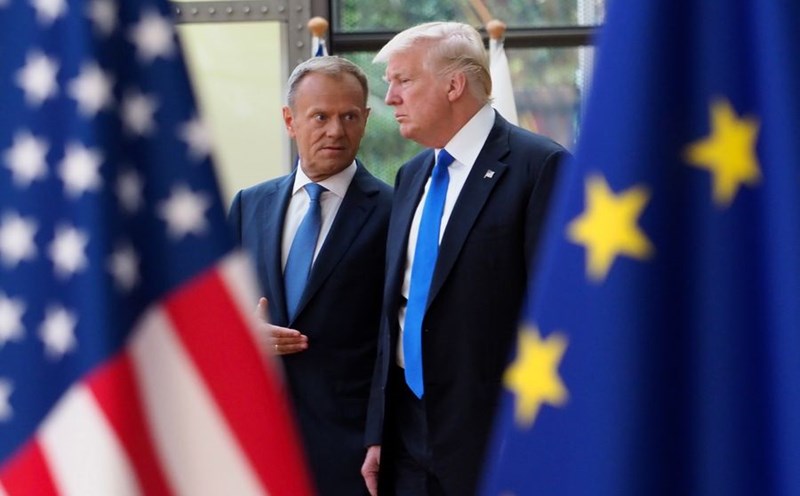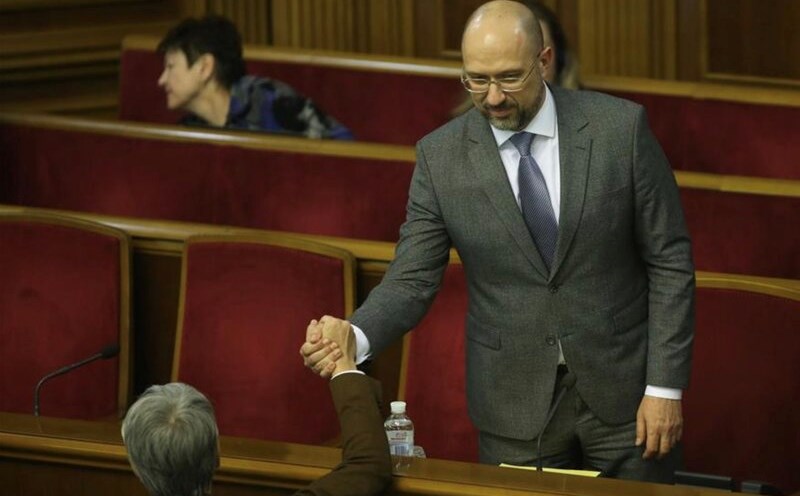According to a report recently published by the International Institute for Peace Research (SIPRI), this is the highest annual growth rate since the end of the Cold War.
The report shows that escalating geopolitical tensions have caused increased military spending in all regions of the world, especially strongly in Europe and the Middle East. SIPRI said that more than 100 countries have increased their defense budgets in 2024.
According to Reuters, governments prioritizing military security, sometimes sacrificing budgets for other sectors, could have serious economic and social consequences for many years to come.
In Europe, including Russia, military spending has risen to 17% due to the prolonged impact of the conflict in Ukraine and doubts about the security commitments of some NATO member states. Military spending in the region has now surpassed levels recorded at the end of the Cold War.
Russia alone is expected to spend $149 billion on defense in 2024, up 38% from the previous year and double the level in 2015. Russia's defense budget accounts for 7.1% of GDP and accounts for 19% of total government spending, clearly reflecting Russia's priority for the military sector in the context of increasing conflicts and global competition.
Ukraine also recorded an increase in military spending, with the total budget reaching 64.7 billion USD, an increase of 2.9% compared to 2023. This is equivalent to 43% of Russia's military spending. In particular, with a GDP of 34%, Ukraine will have the highest military burden in the world in 2024.
SIPRI stressed that Ukraine is dedicating all of its tax revenue to defense, making the country's fiscal space particularly narrow and posing a major challenge to maintaining or increasing military spending in the future.
The report also recorded that US defense spending in 2024 increased by 5.7%, reaching nearly 997 billion USD. This spending accounts for 66% of NATO's total military spending and 37% of global military spending.
Overall, the latest figures from SIPRI show that the world is entering an unprecedented period of increased military spending since the end of the Cold War, reflecting an increasingly unstable and unpredictable international environment.











